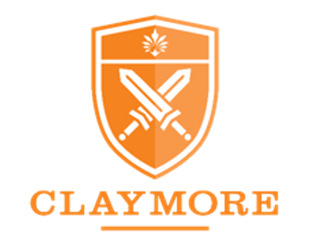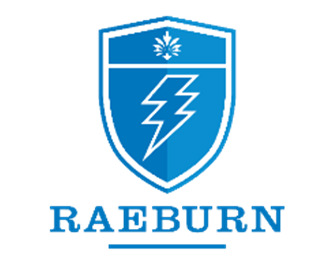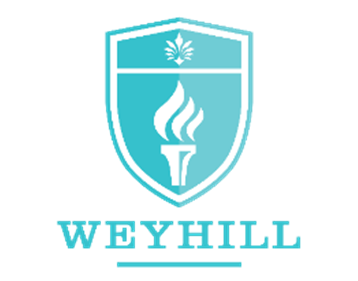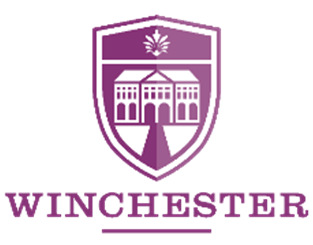Tanglin on Houses & Heritage
Source: Press release
We think of houses as solid and tangible objects, buildings of bricks and mortar, stone and
timber or steel and concrete. But a house can be conceptual too: it can express the values,
personality, or ideas of a group. Read a house journal, adhere to a house style, become part
of a group of pupils in a school or take a side in a debate, and we enter the figurative door of
that house.
The House system has been a staple of British schooling for centuries, originating from the
physical boarding houses where students lived during term time, and evolving into a byword
for student teams that connect age groups. Throughout this time there has always been the
idea that a House is a home in itself; populated by a close-knit “family” with a unique bond.
Added to that, there is a certain magic to a House; you need only to look at the enduring
appeal of Harry Potter’s sorting hat, to know young people are drawn to this kind of kinship.
Tanglin Trust School’s House system dates back to 1981 when Tanglin Preparatory School,
Raeburn Park School and Weyhill Preparatory School merged to form Tanglin Infant and
Junior schools on Portsdown Road. Forty years on, the Tanglin House system has been unified
across all three schools and each of the House names – Claymore, Cameron, Raeburn,
Alexandra, Weyhill, Wessex, Winchester and Portsdown – honours a significant location in
the school’s rich history.
As readers who live in Singapore’s historic areas and houses know all too well, they have many
talking points and stories to tell. Inhabited by heritage and brought alive by the generations
who lived there, they develop a family narrative and offer a spiritual home. So, with the magic
of the sorting hat at our fingertips, we ask the age-old question, “If these walls could talk,
what would they say?” as we step inside the history of the Tanglin Houses to discover their
character, shield and colourway.

Claymore
“Endurance is one of our key strengths. With a crossed pair of Scottish
Claymore broadswords as our House icon, Claymore is the area of Singapore
where “Miss Griff” first founded our school in 1925 within the Tanglin Club’s
grounds. Beginning with just five students, the school went from strength to
strength, to become the Tanglin we know today. Claymore reminds us that humble
beginnings can lead to extraordinary accomplishments. Ever determined, those who wear the
Claymore shield enthusiastically look to the future with ambition.”

Cameron
“Courage and perseverance define us. The Cameron Highlands Boarding
School was opened by Miss Griff in 1934, and staff and students
encountered much adversity there. In 1942, during World War II, the school
was forced to close during the Japanese occupation, while Miss Griff and
several of her colleagues were held in Changi Prison. In 1948, the Malayan Emergency brought
more hardship to overcome together. The fortitude and adaptability of our House sprang
from its alpine surroundings, giving the energy and life force for renewal.”

Raeburn
“We see beyond the immediate horizon. Raeburn Park School was
established in 1954 by Singapore Harbour Board officials who were
concerned about the educational provision for non-service expatriate
children. In 1972, the school moved to Alexandra Park, and later came
under the management of Tanglin Trust Ltd. The lightning flash of Raeburn
House references Singapore’s tropical climate and symbolises innovation and foresight, while
the Raeburn Blue evokes the prowess of a storm and the calm that comes before and after.
Depth, trust and confidence characterise the Raeburn spirit.”

Alexandra
“Inspired and reflective, our resilience and optimism shine brightly.
Alexandra Park was the scene of bitter fighting during WWII. When
Raeburn Park School decamped there in 1972, bars had to be removed
from the cell windows. In 1974 Alexandra Park then became the home of
Winchester Nursery, managed by Tanglin Trust School Ltd. The flaming
sun of our House symbolizes the hope and warmth of the idyllic Alexandra setting, as well as
the enthusiasm, imagination and creativity of children starting out on their learning journey.”

Weyhill
“Unity and purpose keep us moving forward. Weyhill Preparatory School
was opened in 1971 to cater for the waiting list at Tanglin Preparatory
School. When Raeburn Park School moved onto a neighbouring site in
1976, the two schools joined forces. This collaboration was fully realised
in 1981 when all three schools amalgamated to form Tanglin Infant and
Tanglin Junior schools. The flaming torch symbolises connection across
communities and through generations since Tanglin’s inception in 1925. The Weyhill Blue
represents open communication and clarity of thought.”

Wessex
“We are team-spirited, taking service and solidarity seriously. Our military
influences come from the Wessex Estate area where Tanglin Trust School is
now located on Portsdown Road. The lush greenery of the site is punctuated
by clusters of black and white houses, and blocks of walk-up apartments
where the British Army were once garrisoned. Our name also originates
from when Weyhill was established on the site of a previous army school, Wessex Infant
School. The Wessex Maroon reflects the respect, surety and positivity found in this House –
we seek challenges to step outside our comfort zones.”

Winchester
“Explorers at heart, we learn without limits. Winchester School Nursery was
opened in 1976 and managed by Tanglin Trust Ltd. Situated in the idyll of
Alexandra Park, for 20 years Winchester gave its children a bridge between
home and the bigger school. When a dedicated Nursery unit was opened
alongside Tanglin Infant and Junior schools on Portsdown Road, Tanglin Trust School was
born. The Winchester Purple combines the calm stability of blue and the energy of red;
ingredients that drive curiosity and a lifelong love of learning – cornerstones of a Tanglin
education today.

Portsdown
“Community runs through everything we do. Portsdown Road links the
old-world charm of the Wessex Estate to the one-north area, Singapore’s
biomedical, media and technology hub. Portsdown’s physical connection
between the republic’s heritage and its future mirrors Tanglin’s journey
and reflects the holistic approach of our House. The banyan tree that
grows on the current school site was the inspiration for the Portsdown House icon. The
Portsdown Green colour can be found in the hue of is leaves; symbolising growth, harmony
and balance – a community of learners who nurture and challenge in equal measure.”
Read more about Tanglin’s house system at www.tts.edu.sg
